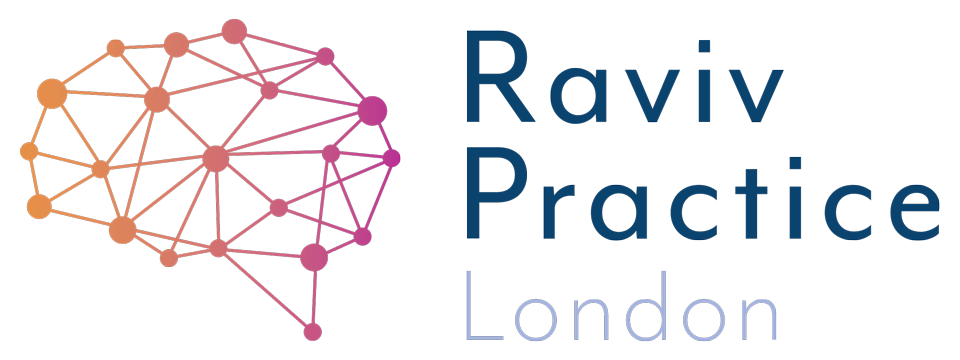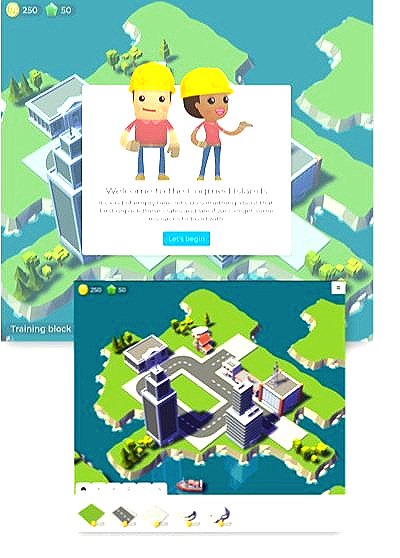
Blog
Usha Patel, Neurocognitive Therapist and Director of Raviv Practice London shares her first-hand experience of working with children /adults and the latest research and upcoming events in her series of blog posts.
Theory of mind: what is it and how can you help your child?
Theory of mind helps children understand that others have different beliefs and feelings. Discover the classic Sally-Anne test, stages of development, and tips for supporting your child’s social skills and emotional growth.
Remove random, by anchoring rhythm
When I started working together with seven year old Kiran, I knew I had taken on a big challenge. Our initial sessions would entail a lot of resistance and crying for no apparent reason. Things changed when I started using Bal-A-Vis-X
Why won’t my sister play with me?
When one child has autism or delayed speech, sibling play can be tough but targeted support and therapy can help families find harmony again. Chatty little Yasmin was eager to play with her older sister. Yasmin wanted to play with dolls and toys and have fun with her older sibling.
Are you worried about your child and their behaviour?
Are you worried about your child and how they behave at home and/or at school? Don’t worry - you are not alone, and help is at hand. The first step in addressing that behaviour is understanding it.
How making you part of the Safe and Sound process can help you and your child make a positive change
You may have heard about The Safe and Sound Protocol and how much it can help children who are neurodivergent or have special needs. However, our experience shows that working with parents first make a huge difference.
Cogmed Working Memory Training FAQs
Cogmed is the single most scientifically validated method that improves working memory and attention. Cogmed Working Memory Training is suited for individuals with diagnosed and undiagnosed problems. We offer remote training for anyone in the UK or Europe.
The social engagement system
Social connection helps us feel safe, but for children with autism, it doesn't always come naturally. Learn how Dr. Stephen Porges’ Safe and Sound Protocol uses the social engagement system to reduce sensory overload and support meaningful connection.
Polyvagal Theory: The Science of feeling safe
The Polyvagal Theory, developed by Dr Stephen Porges, explains how the nervous system shapes our sense of safety and impacts conditions like anxiety, ADHD and PTSD. This blog introduces how cues of safety help regulate behaviour and support therapeutic progress.
How often should you repeat the Safe and Sound Protocol?
Parents have reported that their children were able to receive hugs for the first time without feeling overwhelmed.











